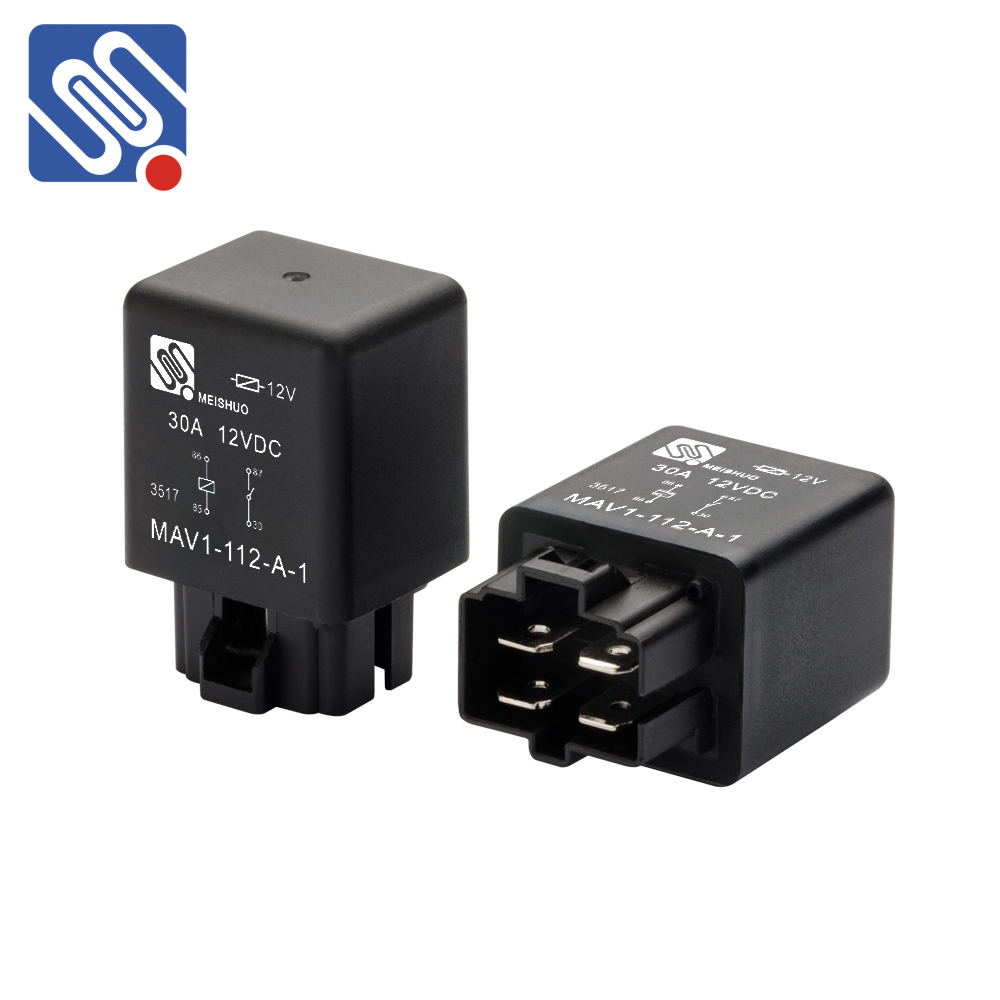relay specifications comparison: a detailed guide to choosing the right relay for your application
Release time:2025-10-18 07:35:39
Relays are essential components in various electrical and electronic systems, serving as electrically operated switches that can control a high-power circuit with a low-power signal. In the selection process, comparing relay specifications is crucial to ensure that the chosen relay meets the specific demands of an application. This article will explore the key factors that play a role in relay specifications comparison, highlighting aspects such as voltage and current ratings, contact configurations, switching characteristics, and more.

1. Rated Voltage and Current
The rated voltage and current are two of the most critical parameters in relay specifications. The rated voltage refers to the voltage that the relay’s coil requires to operate correctly. It is essential to match the relay's voltage rating with the control voltage of your system. Common values include 5V, 12V, 24V, 110V, and 230V, though other variations are available depending on the application.
The rated current, on the other hand, defines the maximum current that the relay's contacts can handle safely when switching a load. It is crucial to choose a relay with a current rating that matches or exceeds the expected load current. If the current rating is exceeded, the relay contacts may overheat or burn out, leading to failure.

